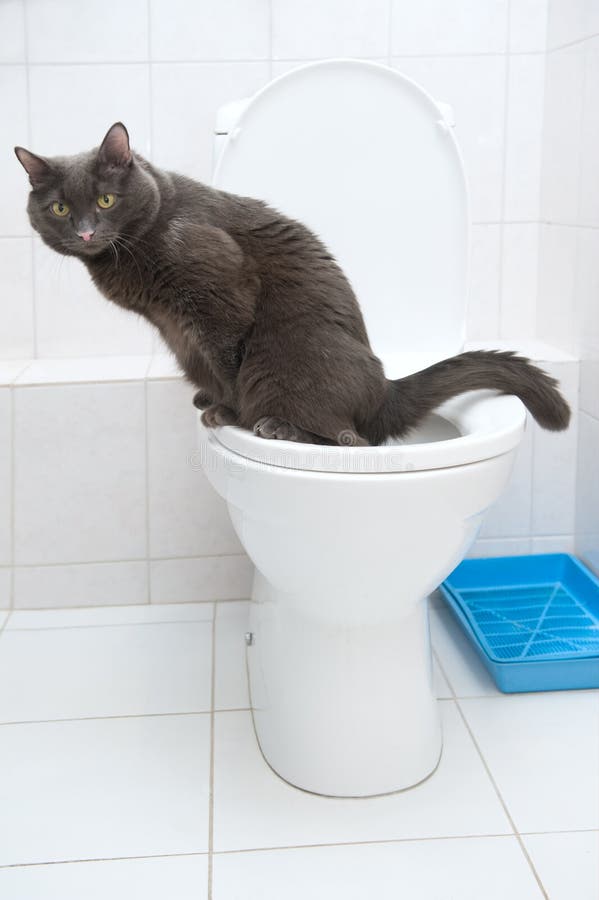The Dangers of Flushing Cat Poop Down Your Toilet - Tips for Better Disposal
The Dangers of Flushing Cat Poop Down Your Toilet - Tips for Better Disposal
Blog Article
They are making several good pointers relating to How to Dispose of Cat Poop and Litter Without Plastic Bags overall in this great article further down.

Introduction
As cat proprietors, it's vital to be mindful of exactly how we deal with our feline good friends' waste. While it may seem convenient to purge feline poop down the bathroom, this technique can have damaging consequences for both the setting and human wellness.
Environmental Impact
Flushing cat poop introduces damaging virus and bloodsuckers right into the water system, posing a substantial danger to marine ecosystems. These contaminants can adversely affect aquatic life and concession water high quality.
Wellness Risks
In addition to environmental worries, flushing feline waste can additionally position health threats to humans. Pet cat feces may consist of Toxoplasma gondii, a bloodsucker that can trigger toxoplasmosis-- a possibly extreme disease, especially for expectant women and individuals with weakened body immune systems.
Alternatives to Flushing
Fortunately, there are much safer and much more accountable ways to deal with cat poop. Consider the following alternatives:
1. Scoop and Dispose in Trash
One of the most common approach of dealing with cat poop is to scoop it into a biodegradable bag and toss it in the trash. Be sure to utilize a devoted clutter scoop and get rid of the waste without delay.
2. Usage Biodegradable Litter
Go with biodegradable cat clutter made from products such as corn or wheat. These litters are environmentally friendly and can be securely disposed of in the garbage.
3. Bury in the Yard
If you have a backyard, consider burying feline waste in an assigned location far from vegetable yards and water resources. Make sure to dig deep sufficient to prevent contamination of groundwater.
4. Mount a Pet Waste Disposal System
Purchase a pet dog waste disposal system particularly developed for feline waste. These systems make use of enzymes to break down the waste, reducing smell and ecological impact.
Final thought
Liable pet possession prolongs past offering food and sanctuary-- it likewise includes correct waste management. By refraining from flushing pet cat poop down the bathroom and choosing alternate disposal approaches, we can decrease our ecological footprint and shield human health and wellness.
Why Can’t I Flush Cat Poop?
It Spreads a Parasite
Cats are frequently infected with a parasite called toxoplasma gondii. The parasite causes an infection called toxoplasmosis. It is usually harmless to cats. The parasite only uses cat poop as a host for its eggs. Otherwise, the cat’s immune system usually keeps the infection at low enough levels to maintain its own health. But it does not stop the develop of eggs. These eggs are tiny and surprisingly tough. They may survive for a year before they begin to grow. But that’s the problem.
Our wastewater system is not designed to deal with toxoplasmosis eggs. Instead, most eggs will flush from your toilet into sewers and wastewater management plants. After the sewage is treated for many other harmful things in it, it is typically released into local rivers, lakes, or oceans. Here, the toxoplasmosis eggs can find new hosts, including starfish, crabs, otters, and many other wildlife. For many, this is a significant risk to their health. Toxoplasmosis can also end up infecting water sources that are important for agriculture, which means our deer, pigs, and sheep can get infected too.
Is There Risk to Humans?
There can be a risk to human life from flushing cat poop down the toilet. If you do so, the parasites from your cat’s poop can end up in shellfish, game animals, or livestock. If this meat is then served raw or undercooked, the people who eat it can get sick.
In fact, according to the CDC, 40 million people in the United States are infected with toxoplasma gondii. They get it from exposure to infected seafood, or from some kind of cat poop contamination, like drinking from a stream that is contaminated or touching anything that has come into contact with cat poop. That includes just cleaning a cat litter box.
Most people who get infected with these parasites will not develop any symptoms. However, for pregnant women or for those with compromised immune systems, the parasite can cause severe health problems.
How to Handle Cat Poop
The best way to handle cat poop is actually to clean the box more often. The eggs that the parasite sheds will not become active until one to five days after the cat poops. That means that if you clean daily, you’re much less likely to come into direct contact with infectious eggs.
That said, always dispose of cat poop in the garbage and not down the toilet. Wash your hands before and after you clean the litter box, and bring the bag of poop right outside to your garbage bins.
https://trenchlesssolutionsusa.com/why-cant-i-flush-cat-poop/
:max_bytes(150000):strip_icc()/0S1A1090-49a8e2c66f8e41d6901f2559787a7f24.jpg)
I am very curious about Can You Flush Cat Poop Down The Toilet? and I am praying you appreciated the entire blog entry. Sharing is caring. One never knows, you may very well be helping someone out. I praise you for your time. Come back soon.
Call Today Report this page